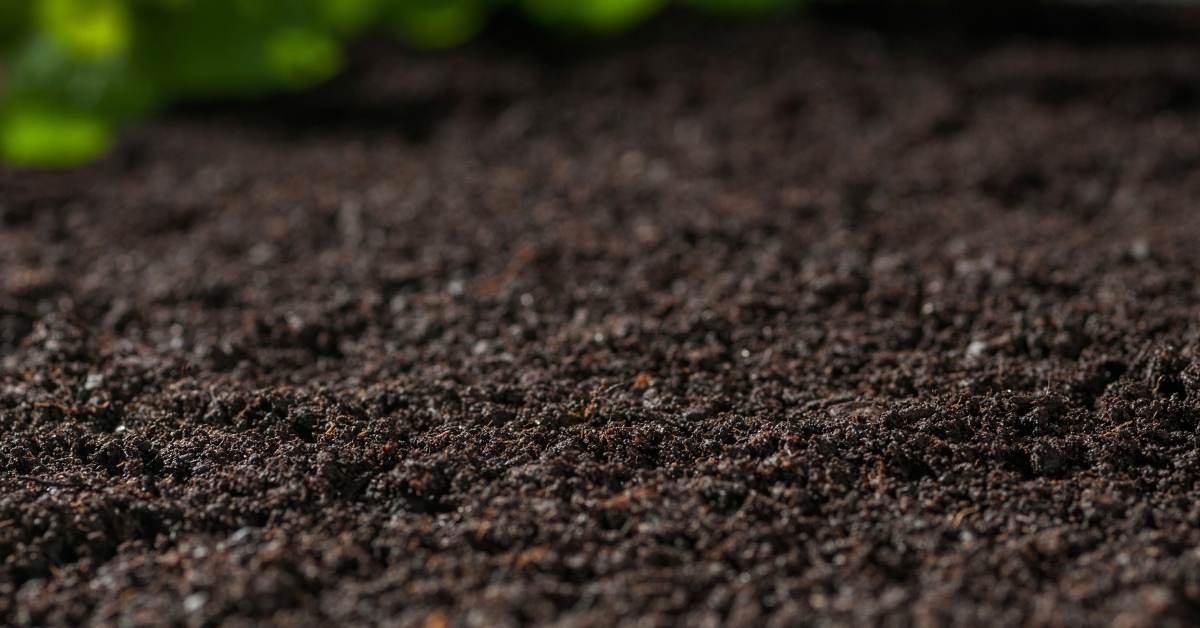Do you have a cat that loves to eat your plants? If so, you’re not alone!
One in three cat owners has had their plants destroyed by their cat. Cats are attracted to plants for a variety of reasons, including their smell, taste, and texture. There are a number of things you can do to keep your cat out of your plants and planters, which we will be discussing today in this article.
With a little patience and effort, you can keep your plants safe from your cat. We will cover all these tips and more in this article. If you are sharing your home with some cuties or have some neighbor cats hanging around in your garden, keep reading to find out the best solutions on how to keep the cats out of plants and the garden.

You Are Not Alone With Cats Damaging Garden And Lawns
Dealing with cats damaging gardens and lawns is a common predicament faced by many home gardeners and pet owners. While each cat possesses its own unique personality and traits, there is no definitive answer provided by experts or veterinarians to resolve this issue fully.
In our quest for a solution, it has become crucial to explore strategies that capitalize on understanding what cats dislike and which plants they have an aversion to, subsequently implementing measures that consistently deter them when they approach our cherished plants.
Despite our best efforts, such as placing plants in elevated and inconspicuous locations, we discovered that our cats still managed to reach them, leaving us perplexed about how to keep cats out of plants effectively.
This predicament caused frustration as our plants suffered and withered. We contemplated isolating the plants in a room inaccessible to our feline companions, desperately seeking a viable solution.
You might also like this: How gardening helps you lose weight
Not only Indoors, But It’s Also A Problem In The Home Gardens
If you have a garden outside of your home with containers or pots filled with thriving bushes or flourishing vegetables, the presence of stray cats in your neighborhood can pose a significant challenge.
These curious feline visitors can become a source of distress as they engage in destructive behaviors such as digging and playing around your plants when you are not present to intervene. To safeguard your cherished plants from these mischievous intruders, it becomes imperative to explore effective preventive measures.
You Need To Understand The Animals and Their Behaviours
The general characteristics of cats are often digging and urinating in container plants or pots. Besides that, other favorite things they like to do are chewing the colorful flower leaves and plant stems that affect the plants’ health.
Just like my own cats, they don’t like to touch other plants around but want to enjoy my wife’s lovely flowers.
Obviously, we can find a solution by moving them to an unreachable point in the room, so cats can’t reach them at all… either we can.
What I mean here is that’s not a way for us to go around the issue as we don’t want to enjoy our flowers except in the place we love. So you need to learn how to stop cats pooping in your garden or doing other undesired stuff.
So how to keep cats out of potted plants or the entire garden? How can you create a ‘military zone,’ keep off!’ signboard that they can understand?
You might want to read this: How To Identify Cobweb Mold And Get Rid Of It Quickly & Safely?
How to keep cats out of plants and pots?
Here is a compilation of smart ways which we can call every single of them ‘cat repellents’ to give a try, some of which I’ve tried at home to keep the cats away, as well. Those practices will make your cats just ‘uncomfortable’ and will work to keep them out, so your plants will survive. It’s all a win-win situation.
1) Spraying Cayenne Pepper to keep the cats away

Mix up 1 teaspoon of cayenne in 1/2 cup of water, put it in a spray bottle, and spray it on your plants. Because the solution has a dark color, it may change the tone of light-colored flowers a bit, but it works.
Here are your spicy flowers! Your car will come around the plant, take a sniff, and leave it there as soon as possible, as he is not interested in it at all. So spraying cayenne is a good way of keeping them away.
2) Placing A Tin Foil
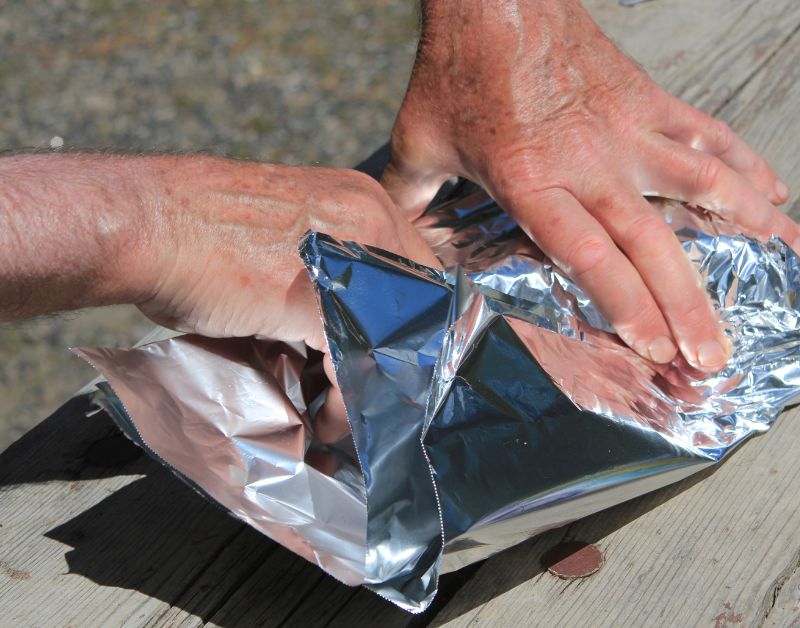
As cats don’t like walking on slippery and shiny surfaces, placing tin foils around the bottom of your plants will be a good way of keeping them away. After he learns not to go there anymore, you can remove the foils.
3) Create a Sticky Surface
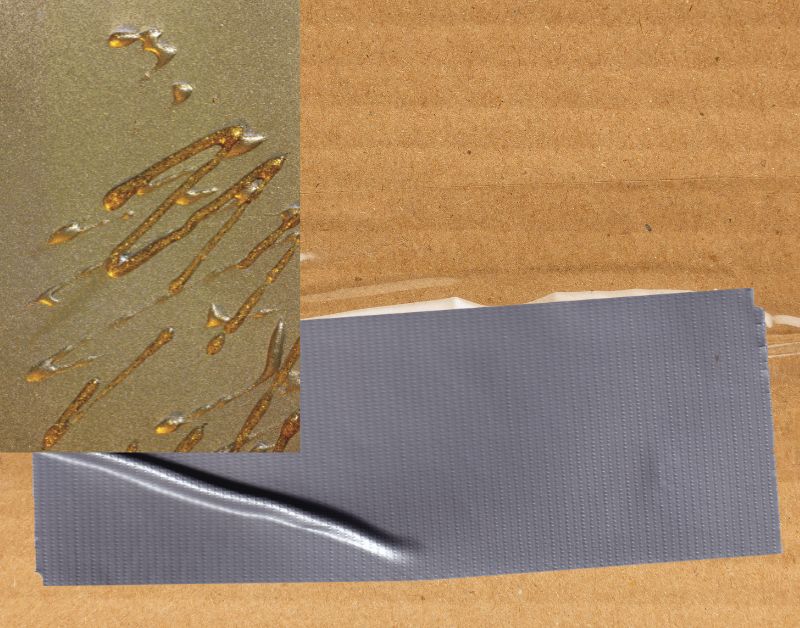
It’s similar to the tin foil process. Creating a temporary sticky surface around your plants with materials like double-sided tapes (in some situations, it might not be practical) will be enough to keep your cats away as they hate touching sticky things. Again, you can remove them after they realize the situation.
4) Citrus or Orange Peels
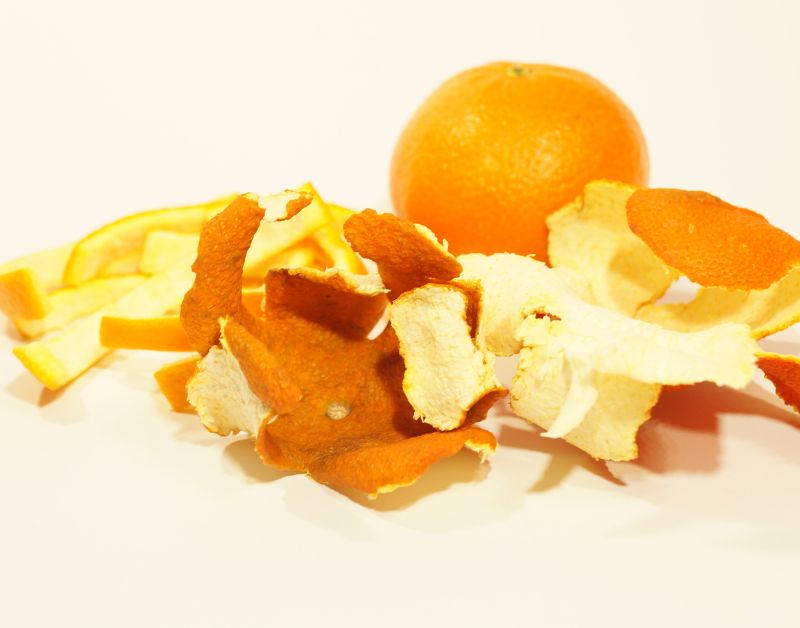
Cats hate this smell too! So placing the peels around your plants and in the containers or pots is a temporary but good way of keeping them away.
You might want to read this: Lasagna Gardening 101: Advanced Guide To Building No-till, No-Dig, Immediate Planting Method
5) Decorative Rocks Or Gravel

Preventing cats from digging in the soil of your pots or containers can be easily achieved by employing a straightforward technique. By placing a layer of stones over the soil and covering it, you create an effective barrier against feline intrusions.
This approach is particularly useful if your main concern is cats using plant dirt as a litter box. To implement this method, you have the option to gather stones of various shapes, colors, or sizes from the seaside, or alternatively, you can conveniently purchase them from local stores. If desired, you can click on the provided links in the pictures to directly access and purchase suitable stones. By incorporating this simple yet effective solution, you maintain the integrity of your plants while dissuading cats from engaging in unwanted digging behaviors.
6) Buy And Plant Cat Grass

If you find your own kitten occasionally nibbling on your plants or flowers, it could be an indication that your feline friend craves some greenery to satisfy their natural instincts.
Providing a suitable solution, it would be wise to consider planting some cat-friendly greens for them to chew on whenever the desire strikes. Alternatively, you can readily find cat grass available at local pet shops, conveniently packaged in small containers.
By nurturing these cat grasses and ensuring they receive adequate watering, you address your cat’s need for vegetation. It’s important to remember that cats also benefit from having plants in their environment, especially if they spend the majority of their time indoors. Additionally, obtaining some catnip can be an additional treat, as many cats enjoy it.
If interested, you can click on the provided pictures to purchase these items conveniently. By catering to your cat’s instinctual cravings and providing them with appropriate greens, you create a harmonious environment that satisfies their needs while safeguarding your other plants.
7) Vegetable Net Bags to keep the cats out of plants and pots

An additional method to deter cats, particularly those with a penchant for digging and leaving disturbances behind, involves the utilization of fruit and vegetable net bags. If you opt for this approach, simply take a bag and cut it into a circular shape that matches the diameter of your container or pot.
Proceed by making a cut down the middle of the circle. With the plant at the center, affix each side of the netting to the rim using clear packaging tape, ensuring that the netting extends up to the base of the plant. This clever arrangement allows for hassle-free watering and fertilizing while maintaining a deterring effect on cats who find the netting unappealing. By implementing this method, you can strike a balance between nurturing your plants and creating an environment that felines will instinctively avoid.
You might want to read this: 7 Health Benefits of Moringa Tea You Never Imagined
8) Use ‘Featured’ Cat Food
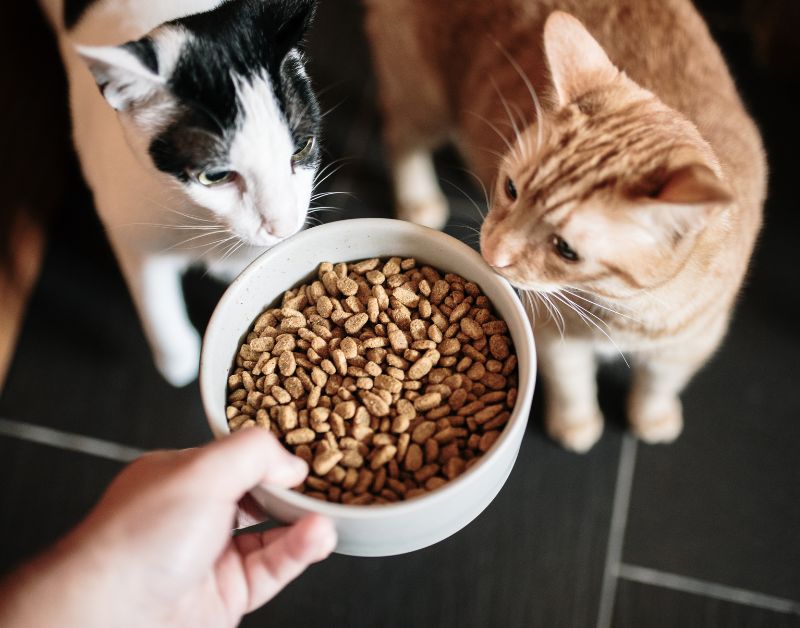
When it comes to catering to our feline companions, opting for “featured” cat food can be a prudent choice. By selecting cat food that is specifically highlighted as being of exceptional quality or containing premium ingredients, we prioritize the nutritional needs and overall well-being of our beloved cats.
These featured cat food options are often formulated to provide a balanced and complete diet, ensuring that our feline friends receive the essential nutrients they require for optimal health and vitality. Making the conscious decision to incorporate “featured” cat food into our pets’ diets reflects our commitment to providing them with the best possible nourishment and contributing to their long-term happiness and welfare.
9) Prepare An Uncomfortable Surface
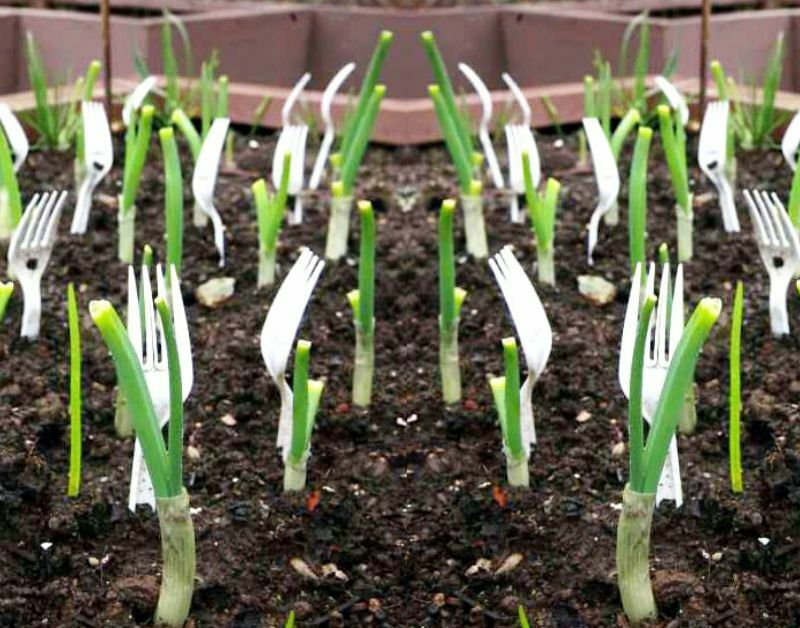
Cats are often drawn to gardens due to the presence of sandy surfaces and dry soil, which appeal to their natural instincts. To discourage their visits to your home garden, a simple yet effective measure involves strategically placing mildly blunt, pointy objects like plant stakes or chopsticks throughout the garden, particularly between bushes or plants.
The aim here is not to cause harm to the cats but rather to eliminate the spaces where they can easily dig or find a comfortable resting spot. By implementing this technique, you can create an environment that dissuades feline activities and encourages them to seek alternative locations for their digging and relaxation needs.
10) Non-Toxic Scents to repel the cats
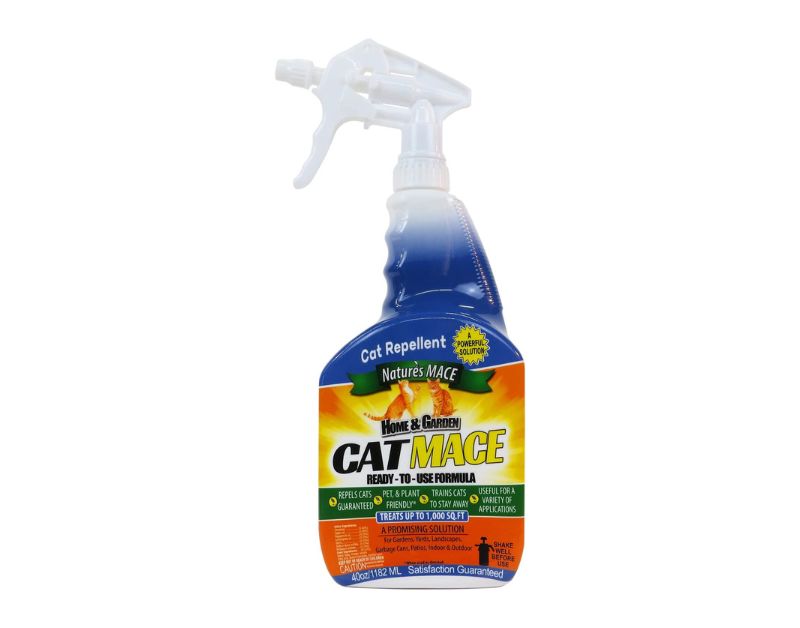
In line with our earlier discussion on cayenne pepper, it is worth noting that non-toxic scents can be employed both outdoors in your garden and indoors to effectively deter animals. Animals possess a keen sensitivity to smells they find displeasing, prompting them to vacate the area swiftly. Utilizing this knowledge, you can employ various substances as repellents.
Consider the application of cayenne pepper, orange peels, coffee grounds, or black pepper, either by sprinkling them strategically throughout your garden or focusing on specific areas where cats tend to frequent or enter. Furthermore, diluting lemon juice or orange oil and directly spraying it onto leaves can also prove effective in deterring cats from those specific locations. By harnessing the power of these natural scents, you can create an environment that discourages feline intrusion.
11) Planting Plants That Cats Won’t Chew

Certain plants possess a distinctive scent that cats strongly dislike, making them unappealing for chewing or approaching. If you don’t mind having these plants in your home, you can consider cultivating them as a means to deter feline interference.
Examples of such plants include Rosemary, which not only emits a potent aroma detested by cats but also serves as a versatile herb for your culinary endeavors. Another option is the scaredy-cat plant, known for its similar olfactory effect on our feline friends. Additionally, plants like roses and cacti can also contribute to creating an environment that cats find unfavorable due to their particular fragrances.
12) Rewarding Them For Staying Away From The Plants
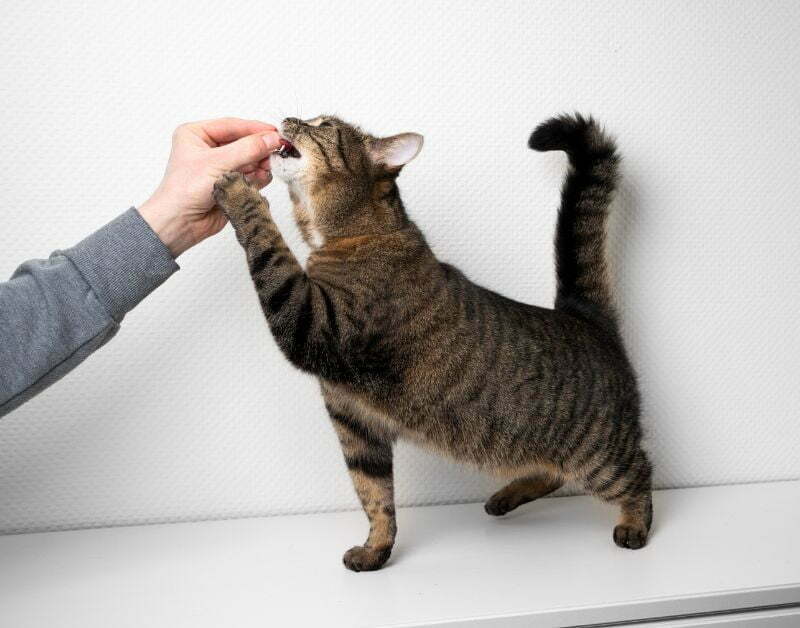
Instead of relying solely on negative reinforcement, a more constructive approach involves incorporating positive reinforcement when your cat exhibits desirable behavior, such as refraining from approaching or leaving your plants untouched.
By actively observing and acknowledging these instances, you can reward your cat for its appropriate conduct. For instance, praising and acknowledging your feline companion when they simply pass by a plant without showing interest or choose not to disturb the soil serves as a prime illustration of utilizing positive reinforcement to encourage favorable behavior.
13) Create An Isolated Room

If you’re struggling to find a better solution, one option is to create a room specifically for your plants and keep it off-limits to cats by keeping the door closed. A sunroom can be a great choice for this purpose, as it offers plenty of natural light and a pleasant environment for your plants while keeping them safe from curious feline explorations.
14) Using motion-detecting Sprinklers
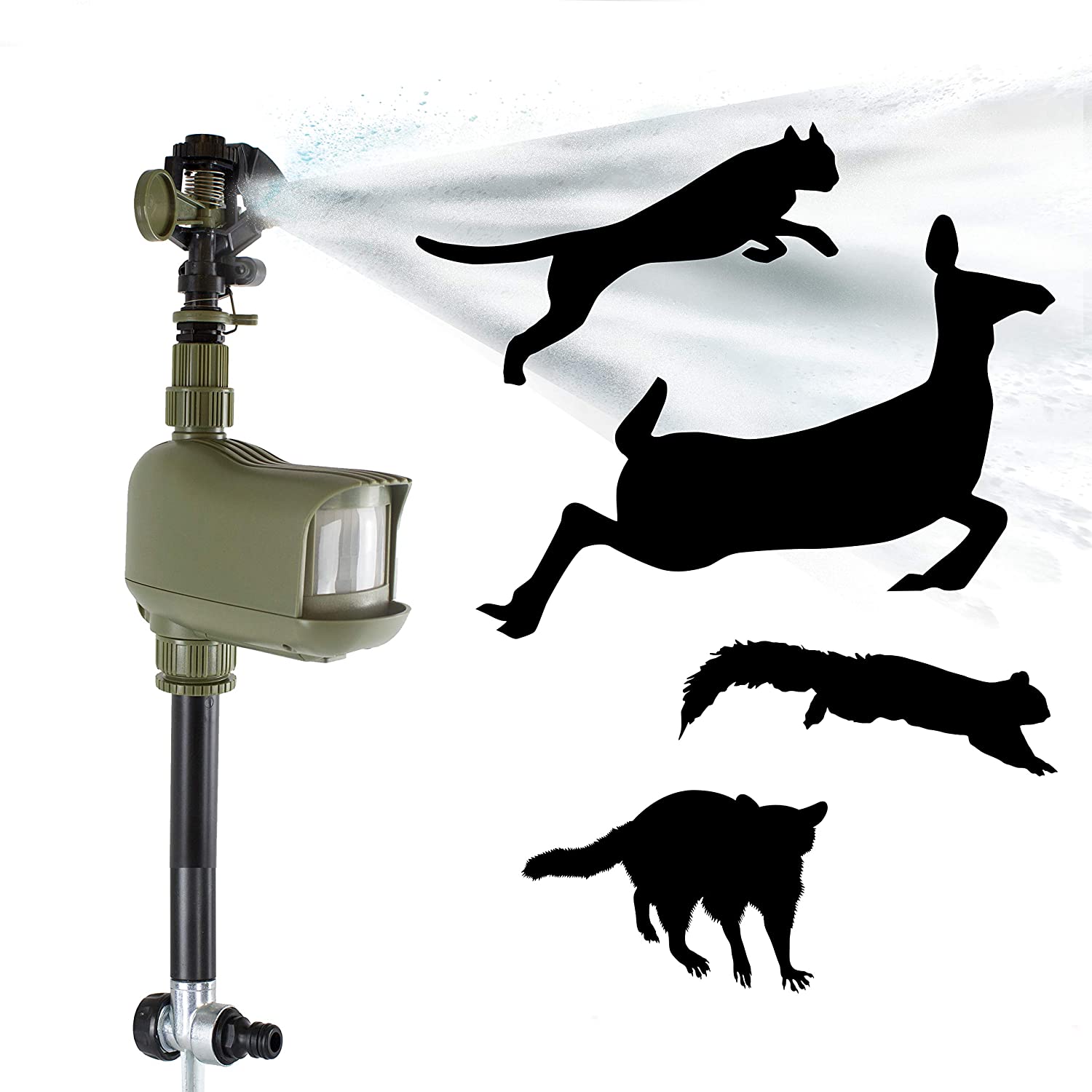
It’s evident that if we list the things cats hate, water will be at the top. While there are many reasons why they hate it, one of them is they have permeable fur that is sensitive to water.
If you like to keep the cats away from plants, you can use motion-detecting sprinklers, which can effectively repel the cats in your garden.
After you obtain these sprinkles, it may take a few days or weeks to detect or decide the best installation spots, but you will totally get rid of this problem once you determine those places.
Personally, I would recommend detection sprinklers like the Contech Scarecrow Motion-Activated Animal Deterrent, Orbit Yard Enforcer, or the Hoont Jet Blaster, as I use those brands because of their highly positive reviews, and they are the leaders in the industry.
Remember that those sprinkles are also useful for other kinds of domestic or wild animals, like squirrels, skunks, hens, birds, and other pests.
15) Installing ultrasonic repellers in the garden
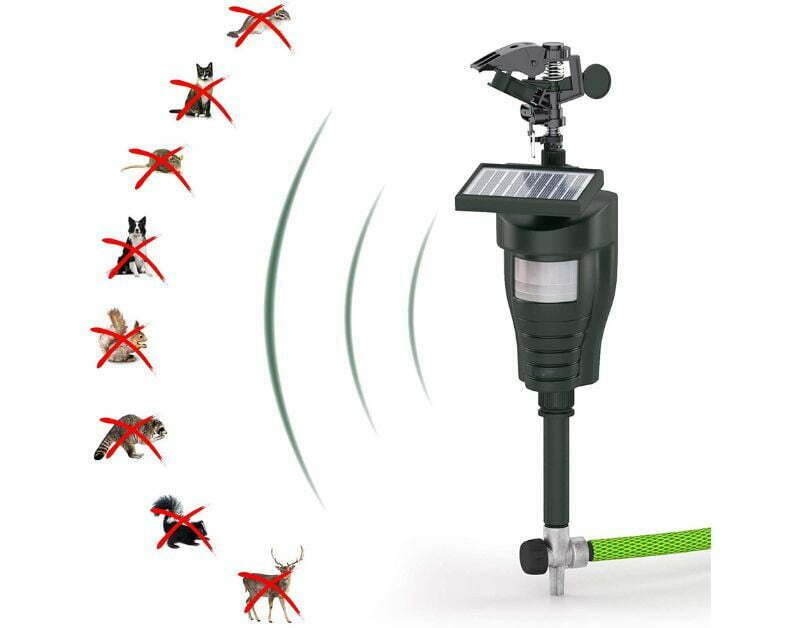
As used within the phrase “ultrasonic cat scarer,” the word ultrasonic” simply means that the sound emitted is above the human hearing range but well within cats. Humans can generally hear sound waves up to 20 kHz. All sounds above 20 kHz are said to be “ultrasonic.”
How, Why, and Where to use ultrasonic cat repellents?
Cats are very territorial creatures – problems usually occur when your garden happens to be within the cat’s territory.
The one behavioral trait cats all have is geared toward their territory. They will mark it by spraying, scratching, fouling, and urinating. This marking tells all other cats in the area that this is “its patch” and “keep out.”
Some of the most significant issues homeowners have when a neighbor’s cat enters their garden include depositing and burying feces on their lawn, vegetable patch, or flowerbed or the fact that cats will actively take birds from feeding stations or feeding stations fish from ponds.
Whatever the reason, the fact is that very few people want cats in their gardens.
Our ultrasonic Cat scarer provides a helpful tool when trying to scare or frighten a cat away from your garden. Best results are always achieved by positioning the unit facing unwanted cats’ most affected area. As a rule of thumb, the unit will scare cats away from 10 meters in front of it ( although it can detect cats up to 12 meters away.)
You might want to read this: How to Keep Cats Away From Spider Plants At Home?
I recommend motion-activated the Hoont Powerful Solar Battery Powered Ultrasonic Outdoor Pest and Animal Repeller or Eliminator Robust Electronic Solar to you go for, as not only now their upgraded versions are available, but also it can efficiently monitor up to a 30-feet range.
Like motion-detecting sprinklers, you might need to determine the best place to place these too. Please pay attention to the entrance spots of stray cats in your neighborhood prior to installing them in your garden.
16) Installing wall spikes to keep the cats out of the garden
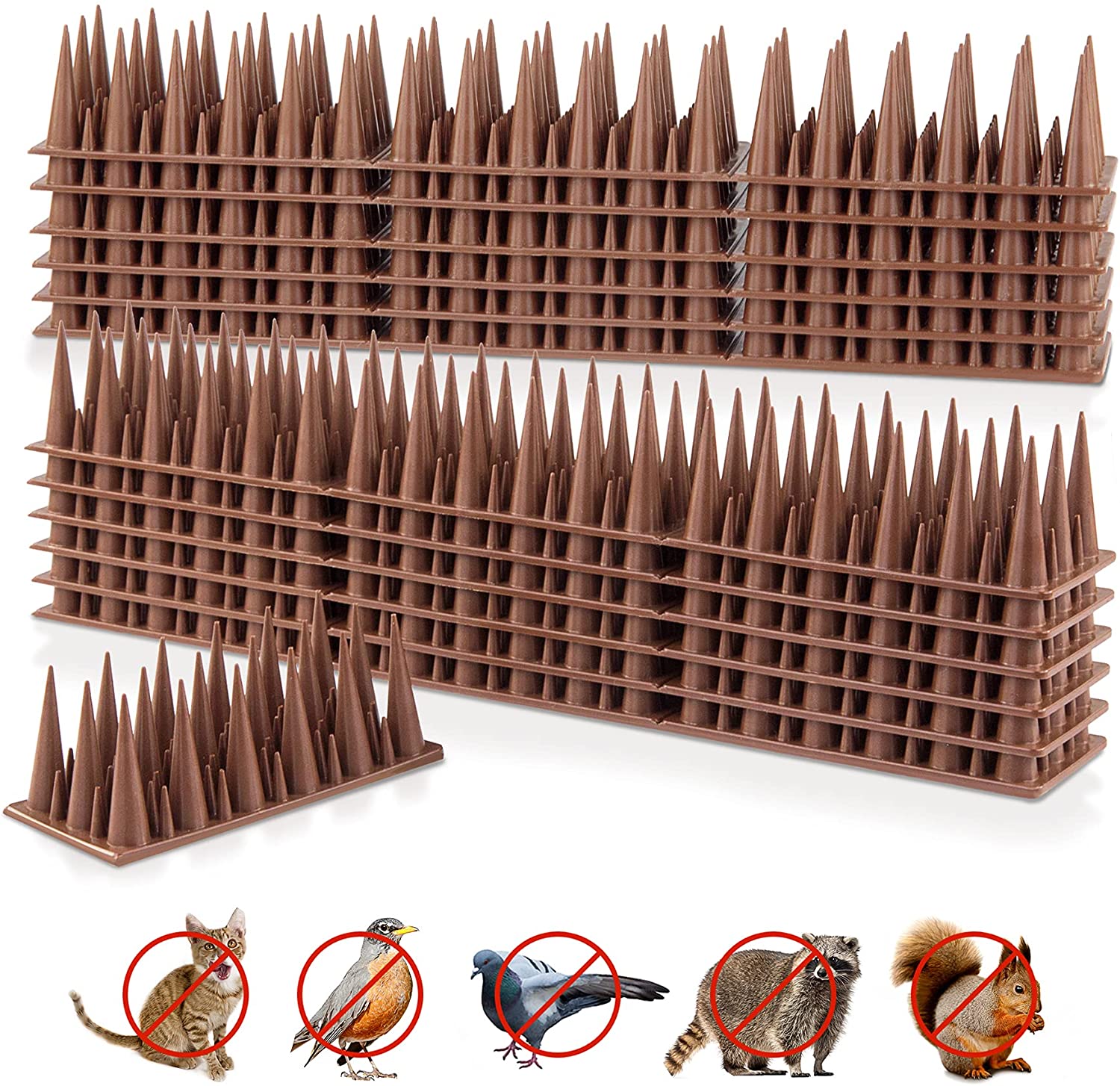
If you can’t resolve the problems with those simple methods I have already explained above, those last ones are the other professional solutions. Installing physical barriers around the border of the garden territory is one of the better options.
If you have a fence or wall around your garden, you can safely place spikes along the top of them as It’s practical and one of the guaranteed ways of preventing cats or other undesired animals from entering sneakily.
Those 3 methods above are some of the paid ways to repel cats from a garden. If you just want to feel comfortable and don’t mess with changing the orange peels, refreshing the peppers, or sticking trash plastics in your garden, you can go for those methods.
17) Using cat repellent gel crystals
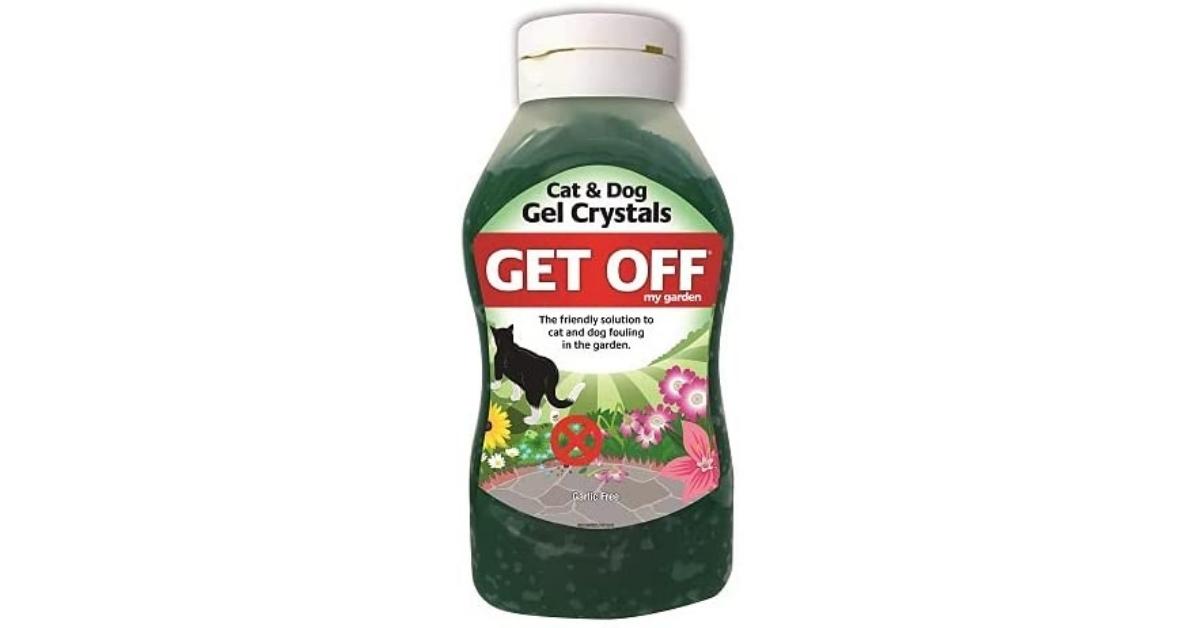
Cat repellent gels offer a harmless yet effective means of deterring even the most persistent cat fouling and territory marking in particular areas of the garden. Those cat-repellent jelly-like gel crystals are highly effective in all weather conditions and, over a period of weeks, will condition the cat to move away from and keep cats out of treated areas.
These highly effective products were designed to stop cat fouling and keep cats out of your flower beds; this clever anti-cat fouling system works for weeks without paying any attention to it.
They ensure you can keep cats out by setting up a ‘zone defense’ around a flower bed, tomato beds, flower pots, or area you wish them to keep away.
The features of gels:
- A Cat Repellent gel discourages cats from fouling lawns, gardens, and patios.
- It deters cats from digging up and fouling flower beds, scorching lawns with their urine, and territory-marking walls, rubbish bins, fences, and gates.
- They are practical, economical, and environmentally friendly to people, plants, and pets.
- Cat repellent gel remains active in rain or shine.
- They are biodegradable and a long-term deterrent, keeping cats out and protecting your property from messy attention.
- Simple home-garden cat-repellent gels are easy to apply to lawns, plant beds, paths, patios, and other horizontal surfaces. They grow in the rain and shrink in the sun, releasing a citrus odor that deters cats.
18) Using Cat Urine Cleaners and Cat Urine Removers
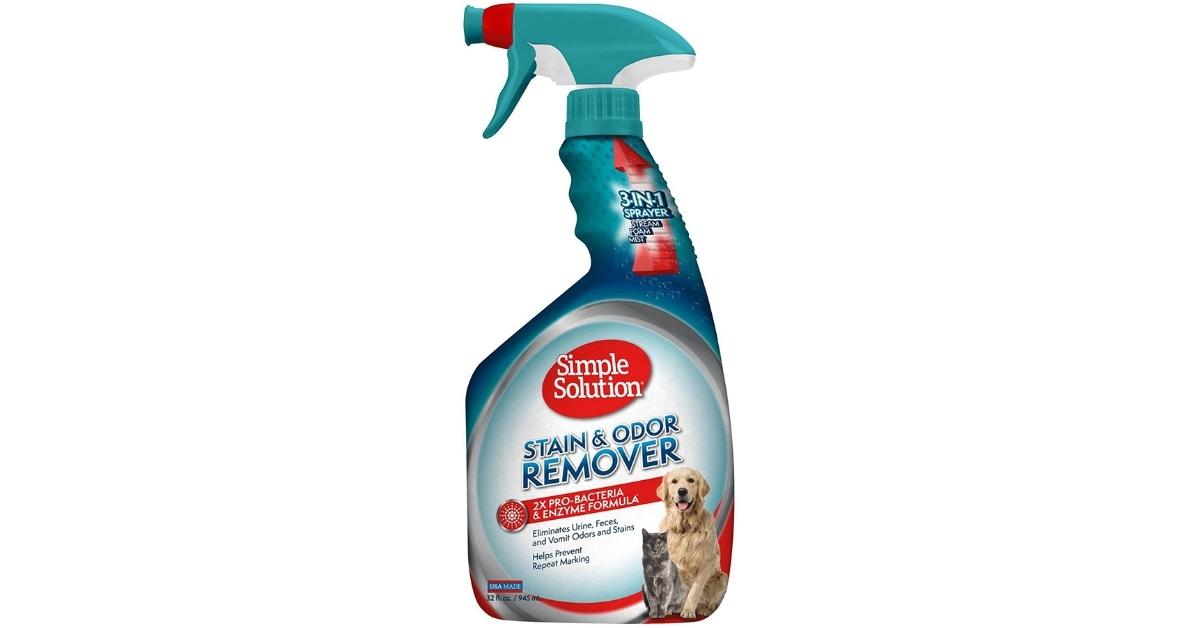
Cat urine is not the most pleasant of smells and appears to have the ability to literally linger for years if not treated quickly with a cat urine cleaner.
Cat urine goes through a specific decaying process, and as it ages in your carpets, the bacteria feeding off the waste converts it to gas, giving off that all too familiar smell. The cat uses these smells to mark its territory in many cases, sending messages to other cats in the area.
It is essential to completely eradicate all odors and find every single area the cat has marked by using a specific cat urine remover. Unfortunately, household cleaning products do not eliminate the smell in a cat’s nose, even if humans can’t smell it, and it’s possible the cat will continue to overmark the area.
A specific cat urine cleaner incorporating enzymes is the only substance that will work long-term on getting rid of cat urine, its odor, and the stain it leaves behind.
A cat urine cleaner is specifically designed to eliminate the odor and stain left by cats and kittens urinating inside houses. This excellent bio-enzymatic formula breaks down harmful bacteria and literally eats the organic waste that causes the smell and staining.
It can get rid of cats’ urine simply by spraying the cat urine remover directly on both porous and non-porous surfaces. It is 100% biodegradable, safe for the environment, and can effectively use fresh and old stains. Included with the 500ml spray formula is the ingenious black light urine finder.
This takes all the guesswork out of finding where the cat has soiled. A simple switch on in a dark room, and you will find that the dried cat urine will glow under the ultraviolet light, enabling you to treat only the specific areas that need treating and helping to identify all areas where the cat has urinated, be it fresh soiling or old, culminating in total odor and stain eradication.
You might want to read this: 20 Clever Ways To Keep Food Fresh Longer
Why does the cat continually urinate inside the house?
There are several reasons why cats urinate inside. The most usual is marking, where a cat marks its territory by spraying urine, leaving an odor that other cats can identify. If these areas are disturbed, it will reaffirm its territory by re-spraying.
This happens when normal household cleaners are used as they do not effectively remove the odor, only mask it. Other causes of cat urination are old age, diseases of the urinary tract, or a change in the cat’s environment, such as a new child, moving house, or the introduction of a new pet.
19) Do moth balls keep cats away from plants?
Indeed, it is true that mothballs possess the capacity to serve as a deterrent for cats. However, it is crucial to highlight a profoundly dissenting perspective on their usage in feline repulsion endeavors. Regrettably, I must vehemently disagree with employing mothballs as a means to deter cats for a disconcerting reason: their toxicity.
Mothballs, comprising a blend of two pesticide chemicals, harbor perilous consequences not only for cats but also for dogs, snakes, birds, and various other creatures. Careful consideration should thus be exercised, bearing in mind the potential harm inflicted upon these innocent beings, before resorting to such measures.
What are the most effective scents to repel cats from plants?
Cats have a keen sense of smell, and they are often deterred by certain odors that humans may find pleasant or neutral. If you want to protect your plants from cat damage, you can use some of these scents to create a natural barrier around your garden. Some of the most potent scents that cats dislike are:
- Citrus: Cats can’t stand the tangy aroma of citrus fruits, such as oranges, lemons, limes, and grapefruits. You can use citrus peels, juice, or oil to spray or scatter around your plants. This will repel cats and add a refreshing fragrance to your garden.
- Rosemary and thyme: These aromatic herbs have a strong and spicy scent that cats find unpleasant. You can plant rosemary and thyme in your garden or sprinkle dried or fresh leaves around your plants. These herbs also have culinary and medicinal benefits for humans.
- Banana and mustard: These are two foods that cats usually avoid, as they have a bitter and pungent taste. You can use banana peels or mustard seeds to deter cats from your plants. However, be careful not to overuse them, as they may attract other pests, such as insects or rodents.
- Eucalyptus and lavender: These are two plants that have a soothing and calming effect on humans but a repulsive and irritating effect on cats. You can grow eucalyptus and lavender in your garden or use their essential oils to spray or dab on your plants. These plants also have antiseptic and anti-inflammatory properties for humans.
Is vinegar a good cat repellent?
Undoubtedly, vinegar has garnered a reputation as a formidable ally in the realm of feline deterrence. Its acrid aroma possesses an innate ability to dissuade our feline companions from venturing into designated areas within the abode or engaging in playful escapades with specific objects both indoors and outdoors.
Scientifically substantiated, vinegar stands as an exceptional deterrent and tool for imparting valuable lessons to our feline counterparts. By harnessing the power of vinegar, one can effectively safeguard beloved furniture pieces or restrict access to various coveted spaces within the household. Furthermore, it is worth noting that vinegar boasts a multifaceted nature, rendering it useful for an array of purposes beyond its feline-repelling prowess.
20. How to teach your cat a ‘no’ command
Learning how to teach cats no might be a wise long-term solution. One of the ways to keep your cat out of your plants is to teach them a simple ‘no’ command that they can understand and obey. This will help you to stop them from nibbling, digging, or spraying on your plants whenever you catch them in the act. Here are some steps to teach your cat a ‘no’ command:
- Choose a time when your cat is calm and relaxed, and have some treats ready.
- Say ‘no’ in a firm but calm voice, and show your cat the treat.
- Wait for your cat to look at you or make eye contact, then praise them and give them the treat.
- Repeat this several times until your cat associates the word ‘no’ with getting your attention and a reward.
- Once your cat learns the word ‘no’, you can use it to stop them from doing something undesirable, such as approaching your plants.
- Say ‘no’ in the same tone and volume as before, and point or gesture at what you want them to stop doing.
- If your cat stops or moves away from the plant, praise them and give them a treat.
- If your cat ignores you or continues to do what they were doing, use a deterrent, such as a spray bottle filled with water, to gently spray them or clap your hands loudly to startle them.
- Do not yell, hit, or punish your cat in any way, as this will only make them fearful or aggressive towards you and your plants.
- Be consistent and patient with your training, and reward your cat for good behavior.
By teaching your cat a ‘no’ command, you can communicate with them more effectively and prevent them from damaging your plants. Remember always to use positive reinforcement and avoid negative punishment when training your cat. This will help you to build trust and respect with your furry friend.
Conclusion
In conclusion, keeping cats away from the garden and flowers is a common challenge faced by many plant lovers and cat owners. However, there are many effective and humane ways to deter cats from damaging your plants, both indoors and outdoors.
You can use natural scents, physical barriers, positive reinforcement, cat-friendly greens, and other methods to create a harmonious environment for you and your feline friends. By following the tips and tricks in this article, you can protect your plants from cat interference and enjoy their beauty and benefits.
Remember to always be patient and respectful with your cats, as they are curious and instinctive animals that may not understand your rules. With a little creativity and effort, you can practice how to keep cats out of plants and pots without harming them or your plants.
FAQ
Will orange peels really keep cats away?
Yes. Citrus oils, which may be found in the peels of oranges and other citrus fruits, might be enough to deter cats from entering your garden. Using the orange peels or rinds correctly will keep troublesome cats away from your plants, saving them from the harm they inflict.u003cbru003eu003cbru003eHowever, this will be a temporary and partial solution. Because while some cats will hate it, others will ignore it and start linking the peels. Cats are curious animals.
u003cstrongu003eWhat are the advantages and disadvantages of the Gelly crystal cat repellent system?u003c/strongu003e
It will prevent cat fouling for a month or more, even after rainfall. However, it does not get rid of the cat from a very large area, and that is why it’s recommended to use them as packs for this cat-deterring method.u003cbru003eu003cbru003eUsing the pack as described, you can keep cats out of a flower bed of 7.32sq m (80 sq ft). For example, if your flower bed is 6m (20ft) long by 1.22m (4ft) wide, this pack will easily protect it.
u003cstrongu003eWhat happens one month after the gel has become less effective?u003c/strongu003e
These gels can be dug into the ground for a soil enhancer. Over weeks the cats will be trained to move away from the treated areas to those where they can detect evidence of previous fouling odors.
u003cstrongu003eWill the Ultrasonic Cat Scarers damage my pets’ ears or hurt them?u003c/strongu003e
No. It gives out a short ultrasonic sound that only dogs, cats, and foxes can hear. They will move away from the noise. However, when pets or children are playing in the garden, you can turn off the unit for peace of mind.
u003cstrongu003eWhy do animals move away from the Ultrasonic Cat Scarers?u003c/strongu003e
The unit emits a very high frequency of sound (around 25KHz). Cats find this level very uncomfortable, a bit like humans cringing at the sound of fingers being scraped down a chalkboard.

